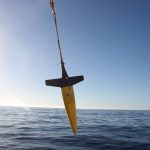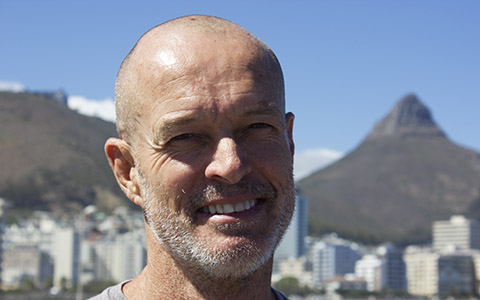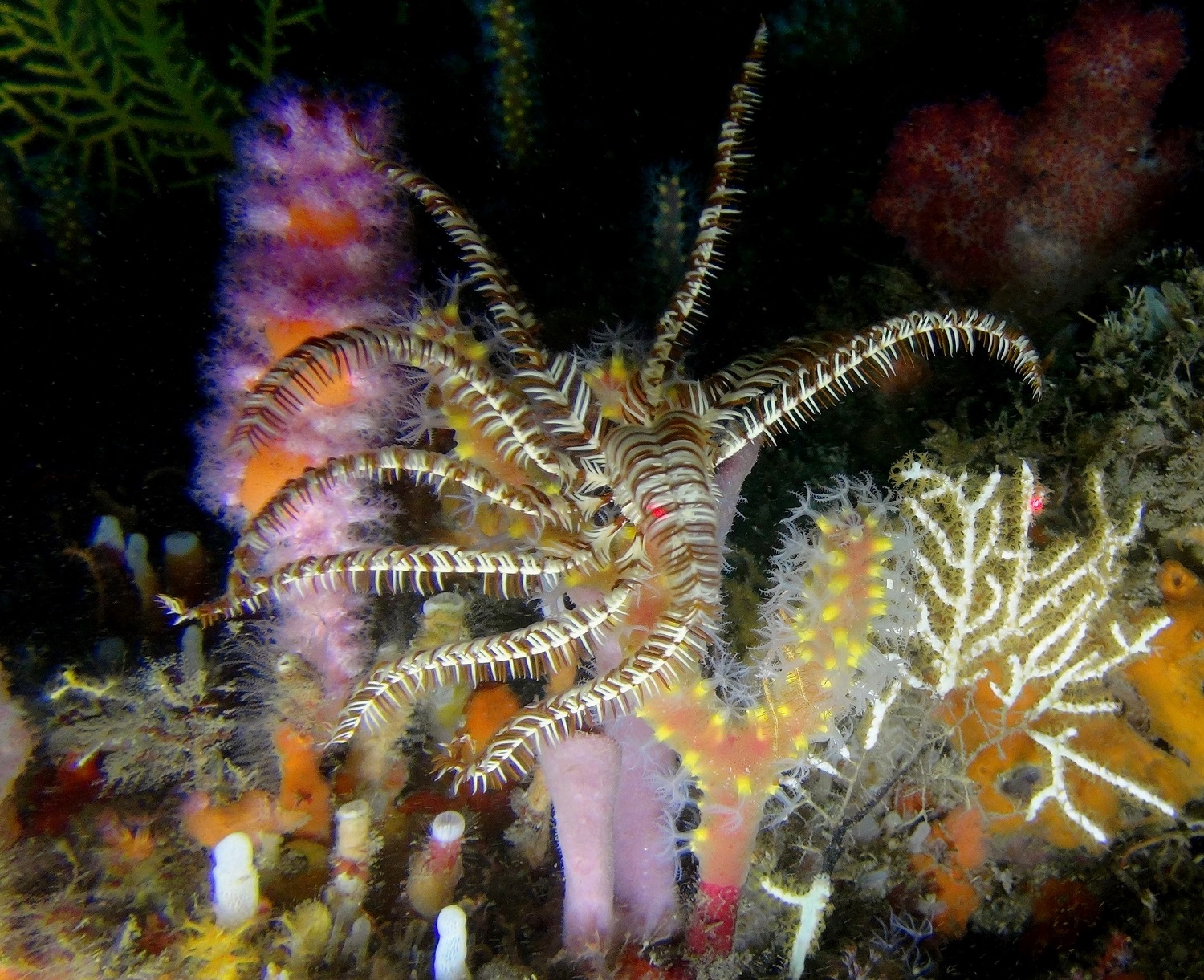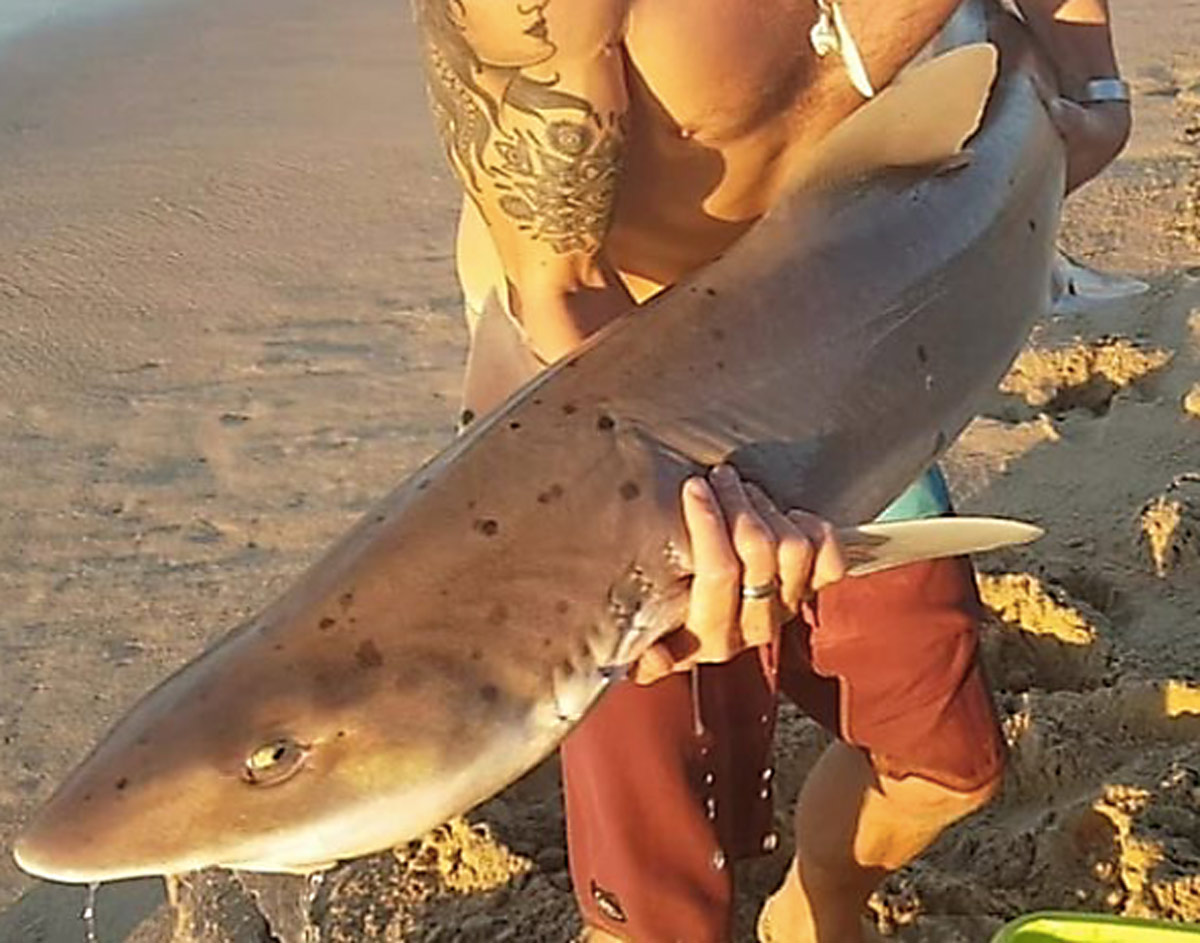Technology – once used to hunt whales – is playing an ever-increasing role in marine conservation, write Fred Kockott and Diony Lalieu.
First published by the Daily News
At this week’s World Whale Conference (WWC2017) which ended in Durban yesterday, whale enthusiasts from around the world shared insights into how rapid advances in technology was enabling collaboration between science and citizens.

In the past, whale identification through unique markings on their flukes (tails) was a laborious process involving processing of reels of photographic film from which hand drawings were rendered, said Els Vermeulen of Mammal Research Institute at the University of Pretoria.
With the advent of digital photography, images of whales can now be downloaded on computer and instantly shared worldwide on forums such as Happywhale. In KwaZulu-Natal, the Wildlands WhaleTime project also engages the public in creating a whale identification catalogue.
Tags
“Whale tags are also now becoming smaller, cheaper and capable of staying on for longer, giving you 3D imagery of how the whale is diving, what kind of energy he is spending, what he is feeding on,” said Vermeulen.
Tory Johnson, the data manager for Happywhale, said latest computer software enabled the automated tracking of whales by collating photos and matching sighting locations worldwide.
“What used to take people weeks and months to do, now takes a couple of minutes,” said Johnson.
Drones
Similarly drones can recall six to eight hours of whale behaviour in a way that totally respects whales without having to get close on boats, said Francois-Xavier Mayra from Ceremide in Madagascar.
Mayar talked of how the mounting of hydrophones on SeaGliders (autonomous underwater vehicles) had extensively broadened the scope of acoustic research – an essential element of understanding whale behaviour.
With noise pollution of increased traffic in the ocean identified as a major threat to the future of whale populations, the importance of the shipping industry investing in quieter engines was also highlighted.
Noise impact
Luena Fernandes from the Humpback Whale Institute in Brazil said by simultaneously monitoring the sounds of whales and those caused by engines, one could immediately observe behavioural changes, including the impact on whale nursing.
When boats come close, calves stop feeding.
Fernandes said this research highlighted the need for responsible whale watching tourism.
“Whales are so charismatic, beautiful and inquisitive. When you see a whale, you never forget (the experience), but people need to go out there knowing that they are going into the whales’ home and they need to be respectful,” said Fernandes.
- Roving Reporters Ocean Watch series was convened with support from the Human Elephant Foundation and The Blue Fund.












